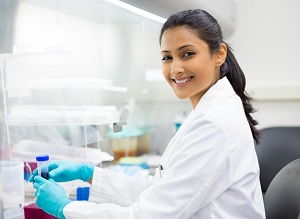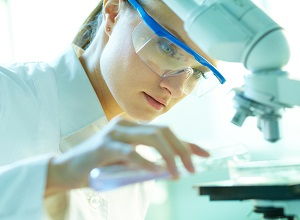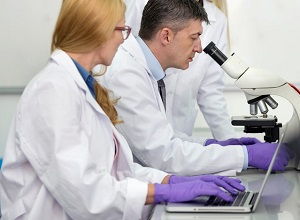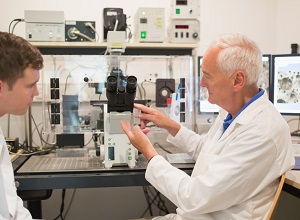Transformation, cloning & plasmid purification
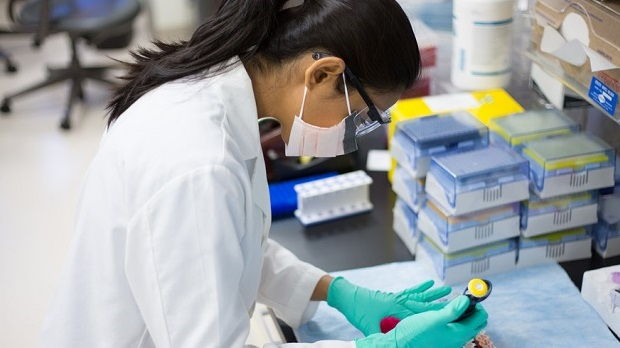
Transformation and cloning
1. Defrost competent bacterial cells (e.g. 100uL single use aliquot) on ice for approximately10 minutes. Set water bath to 42°C.
2. Add 20ng of plasmid to the bacterial aliquot, flick mix (do not pipette up and down), and incubate on ice for 15-30 minutes.
3. Incubate in the 42°C water bath for exactly 45 seconds to heat shock, then place on ice for 2 minutes.
4. Add 900uL of LB broth (no antibiotics) and incubate at 37°C with shaking at 200-250 rpm for 1 hour to revive. Label LB-Ampicillin (Amp) agar plates, and leave at room temp. (Ampicillin is only used if the plasmid contains an Ampicillin resistant gene).
5. Transfer 100uL of cells from the LB broth to the LB-Amp agar plate and spread cells. Seal plates, invert and incubate aerobically at 37°C overnight. Cell growth on the LB-Amp agar plate confirms bacteria transformed with plasmid. Cells without plasmid may also be applied to an LB-Amp agar plate to test antibiotic activity for which no cells should grow. (Cultured plates can be stored at 4°C for approximately 1 week).
Transformed frozen stocks and plasmid purification
1. To make 5 frozen stock tubes, pick a single colony and incubate with 10 mL LB–Amp broth in a 50mL flask at 37°C for 16 hours shaking at 200-300 rpm. (A 50mL flask is 5 times the volume of the culture allowing air space). (For LB–Amp broth, use Amp 1000 X stock of 100mg/mL by adding 10uL to 10mL of LB broth for a final Amp concentration of 100ug/mL). Aliquot 800uL in 5 separate 1mL tubes. (The remaining 6mL will be used in step 2 below). Add 200uL of 80% glycerol to each tube for a final concentration of 15% glycerol in 1mL and store at -80oC. (Note: 80% glycerol must be autoclaved).
2. Plasmid purification is most efficiently achieved using a commercial kit such as the QIAprep Spin Miniprep from Qiagen. Use the remaining 6mL from step 1 above for plasmid purification following the manufacturer's instructions for the plasmid purification kit you have chosen to use.
Notes:
Elute plasmid in water if possible.
Make aliquots and store at -20°C.
Concentration analysis can be quickly performed using a Nanodrop (from Thermo Fisher Scientific). A Nanodrop takes up very little bench space, requires little training and maintenance and requires no reagents.
